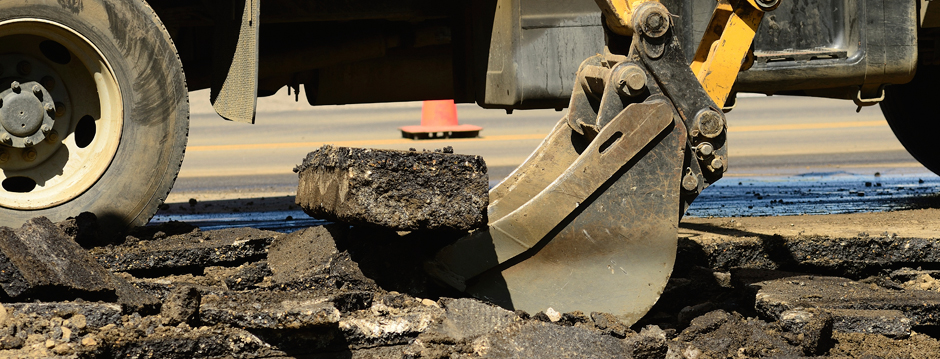
Managing Underground Cables in Construction
Underground cables can cause significant injury if they are damaged during a construction project. This could happen if they are accidentally drilled into or pierced, or they could be crushed if strong enough pressure is applied.
Future issues can also be caused if a wire is damaged but left unreported or unfixed.
The correct planning is always essential on a building site and this will include drawing up details of where underground cables are located to ensure they are avoided when work begins. These plans must then be communicated to employees so they are aware of the issue.
It is very likely that any work which involves digging underground will involve some form of cable detection and work, especially if digging around roads, transport lines or residential areas.
Planning Work With Underground Cable Presence
It is the responsibility of the project client and their co-ordinator to provide information to contractors about any underground cables. The majority of these will belong to regional electricity suppliers, while others may be owned by organisations such as the highways authority or Network Rail.
Symbols on electricity cable plans can vary, so it is important to seek advice from the body that manages them to ensure they are fully understood. Similarly, plans for both high and low-voltage cables need to be checked, as they can sometimes be detailed on different documents.
Risk assessments should be used to plan how construction work is going to be carried out and this involves getting plans and information about any underground electricity cables on site. However, in some cases these will not be available and in these instances the project should be carried out with caution, under the assumption there are buried cables at the site.
Once the relevant documents have been checked, contractors can then use equipment hire to locate underground cables and adequately mark them so they are clearly identified ready for the project to begin.
It is not just enough to go through this process and the beginning of the work. Builders must continually check for underground cables to manage risks and ensure no one is harmed by electricity.
When the cables have been located, the work can get underway as long as safe digging practices are adhered to. By using tool hire, contractors can acquire small hand tools to dig trial holes to confirm the position of cables before digging in a horizontal direction. The HSE recommends using insulated tools for this kind of work to minimise risks even further.
Cable Locator Tools
A cable locator tool can detect pipes, cables and other buried works pre-construction and digging. Something like the Radiodetection RD8100 Cable and Pipe Precision Locator has a high level of accuracy and precision, and can detect all required cables and piping.
Working with plans, the location should be pinpointed as accurately as possible, and then marked using spray paint or other suitable means.
- Locators should be used frequently throughout the work, not just at the very start before any work is carried out
Those who use locators should be trained, and know the piece of kit they are using inside out. This means they can fully detect all risks, and know its limitations and any issues. If you hire a locator tool from Speedy Services, it will be checked in between every hire and also comes with instructions and guidance.
Safe Digging Practices
Always follow recognised safe digging practices, and note excavation work should always be a careful process.
If cables are located, smaller tools should be used to dig trial holes to confirm cable locations as opposed to large mechanic diggers. Always excavate alongside the cables, before moving gently horizontally if needed. Use insulated tools if hand digging near cabling.
- 2024
- 2023
- December 2023 (13)
- November 2023 (10)
- October 2023 (6)
- September 2023 (10)
- August 2023 (20)
- July 2023 (21)
- June 2023 (17)
- May 2023 (17)
- April 2023 (17)
- March 2023 (14)
- February 2023 (15)
- January 2023 (7)
- 2022
- December 2022 (6)
- November 2022 (12)
- October 2022 (24)
- September 2022 (14)
- August 2022 (12)
- July 2022 (15)
- June 2022 (18)
- May 2022 (14)
- April 2022 (9)
- March 2022 (5)
- February 2022 (5)
- January 2022 (2)
- 2021
- December 2021 (7)
- November 2021 (10)
- October 2021 (1)
- September 2021 (1)
- August 2021 (3)
- July 2021 (3)
- June 2021 (4)
- May 2021 (1)
- April 2021 (1)
- March 2021 (2)
- February 2021 (1)
- January 2021 (1)
- 2020
- 2019
- 2017
- 2016
- 2014
- 2013
- 2012
- 2011


